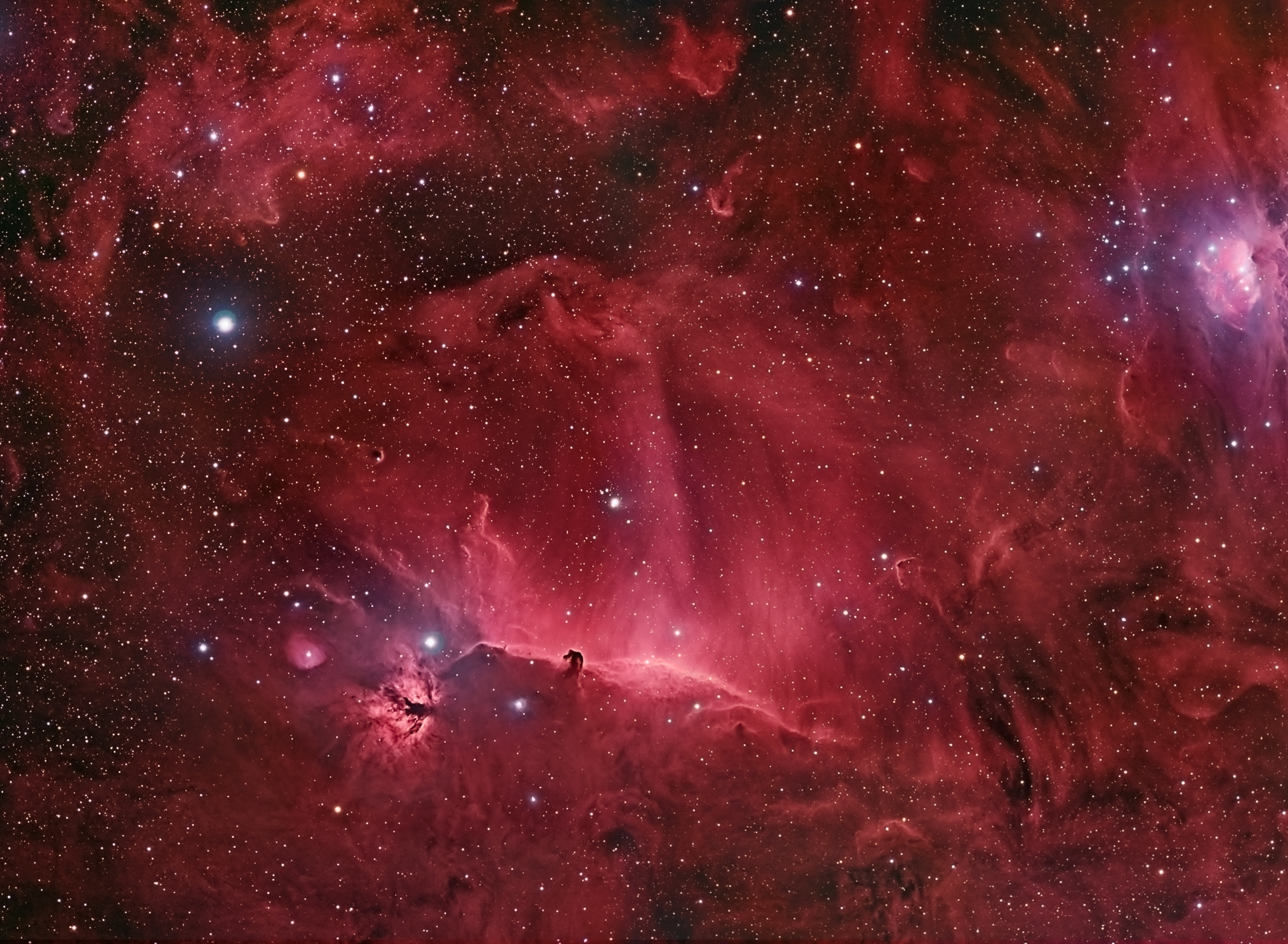
If you could get a good telescopic view of Saturn today, you would find that it has no rings. At least that would appear to be the case for several days as
another rare phenomenon takes place in the Solar System. Of all of the beautiful objects in the sky, Saturn is one of those wonderful heavenly targets that can be seen from cities and country, from spacecraft and flying telescopes, and always impresses the viewer. The second largest planet in the Solar System, Saturn has the largest and most distinctive ring system (
Jupiter,
Uranus and
Neptune also have ring systems). The detailed photographs sent back to Earth from the
Voyager and
Cassini spacecraft and the
Hubble Space Telescope have given us stunning perspectives into the depth and intricacies of the
Saturnian ring system.
Saturn's ring system is very thin (less than 50 feet thick), and when viewed 'edge-on' from Earth it is virtually invisible. Saturn, like Earth, has a tilt in its rotation such that it has seasons as it moves around the Sun in its 30-year orbit. Consequently, every 15 years we see the ring system from the side and for a short while it disappears from view altogether. Although the ring system is very thin, it is extremely wide -- about 170,000 miles across, making the system even bigger than Jupiter!
Saturn is currently moving its way westward across the
constellation Leo the Lion and is not visible due to its proximity to the Sun in the morning sky. It will gradually emerge from the glare of the dawn and be visible before sunrise. By the end of the year it will be rising in the east just before midnight and by next spring will be a gorgeous evening object with its ring system back in view. Until then,
enjoy Jupiter and its fascinating moon system -- except when they aren't there!










